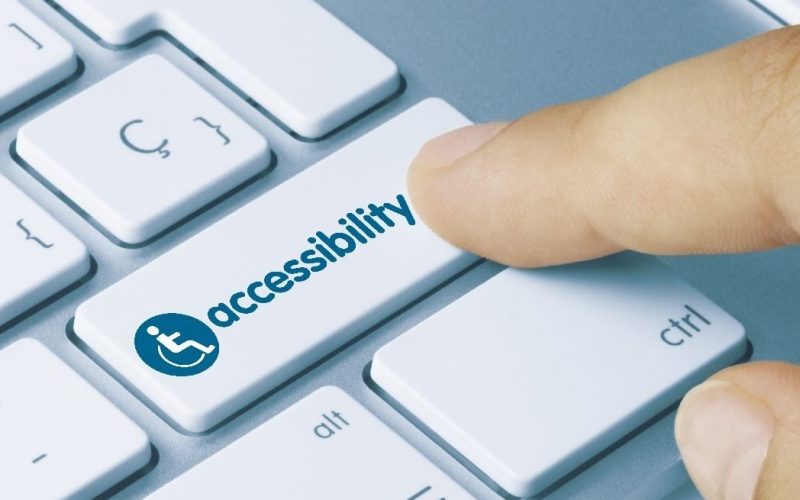The Comprehensive Guide to 508 Compliance
The web has come a long way in the last few decades. Websites are no longer just pages of text and images; they now include video, audio, animation, games – anything you can think of. But it’s not all good news: as websites have become more complex, so has the need for web accessibility standards to ensure that people with disabilities can use them too.
This post will provide you with everything you need to know about web accessibility standards 508 compliance, including VPAT compliance and what a web accessibility consultant does.
What is a web accessibility standard?
Web accessibility standards 508 are a set of rules that govern how websites should be designed and developed to ensure that all people, regardless of their physical or mental ability, have equal access to the web. These standards were first laid down by Section 508A(a)(c) in the Rehabilitation Act Amendments of 1998 and updated in 2010.
The 508 web accessibility standards are broken down into the following categories:
● Content and structure, which includes text alternatives to tables, captions for audio-visual content, and alt tags on images. This category also covers how users can interact with multimedia programs such as Flash or JavaScript games
● Color contrast, which includes text color contrast with the background
● Contrast for images, video, and audio content
● Programmatic accessibility of web pages, including navigation bars, links, input fields, and other program controls
As a website developer or webmaster, you are responsible for ensuring your site adheres to web accessibility standards 508. If it doesn’t meet these guidelines, people with disabilities won’t be able to use your site and may not even know that they’re missing out on something great! Above all, you will be facing legal charges if any of the diable users decides to file a lawsuit against you.
Why are they important?
Web accessibility standards are important for a number of reasons. Firstly, they give every person with disabilities an equal opportunity to use the web just as everyone else does. Secondly, it’s not only ethical and good business practice, but it also protects you from legal retribution! But most importantly, these guidelines allow people who can’t see or use a mouse to use the web anyway. Imagine how much more difficult it would be for someone who can’t see with no alternative text at all or has limited ability to interact using a keyboard and mouse! So, to fully reach your audience, you need to make sure that your website is designed and developed according to web accessibility standards 508.
What is VPAT compliance?
VPAT compliance (Voluntary Product Accessibility Template) is a set of specifications for making web content accessible to people with disabilities. It’s also referred to as an “accessibility report.” The VPAT will outline the features and functionality of your website that are disabled by these standards, which can then be fixed accordingly. VPATs help the Federal agency government buyers and contracting officials to evaluate the information and communication technology (ICT) for accessibility when evaluating proposals and doing market research.
It is advised that vendors generate VPAT compliance certificates for any ICT that is predetermined to be marketed to the Federal government. VPAT allows you to make specific statements, demonstrating how the features of your product meet the web accessibility standards 508.
Conclusion
We hope that this post explains everything you need to know about web accessibility standards 508. Remember to always comply with these rules to avoid legal charges!
